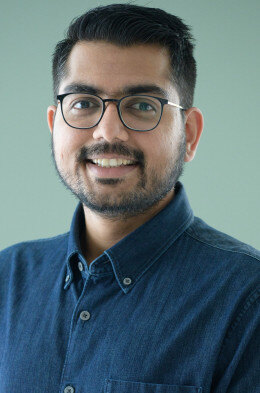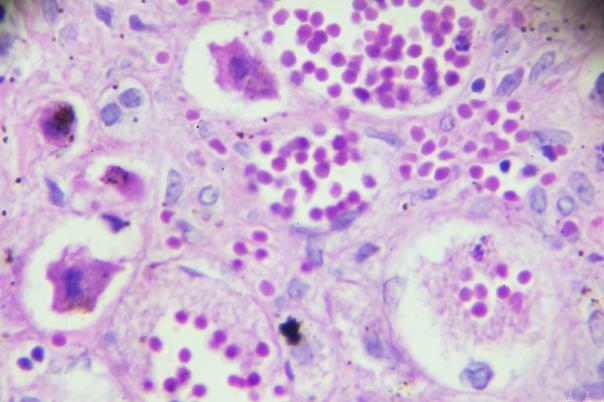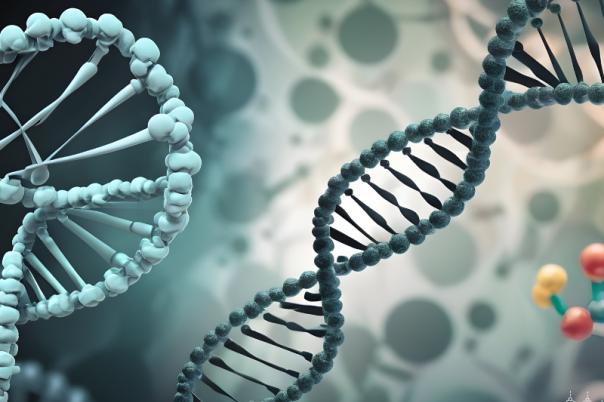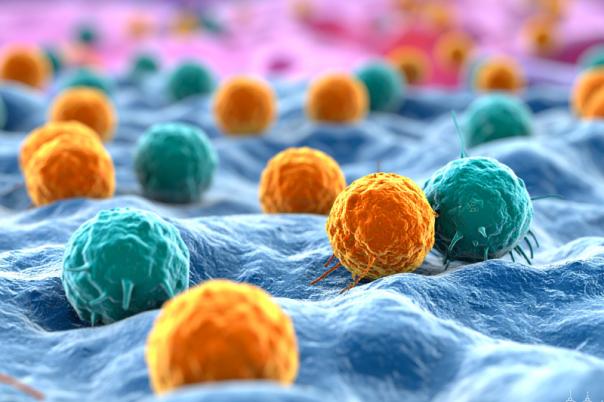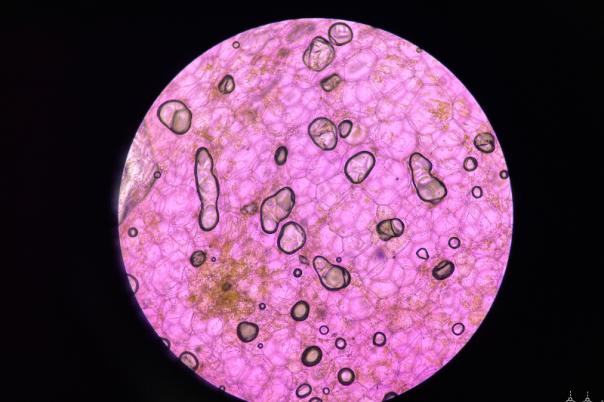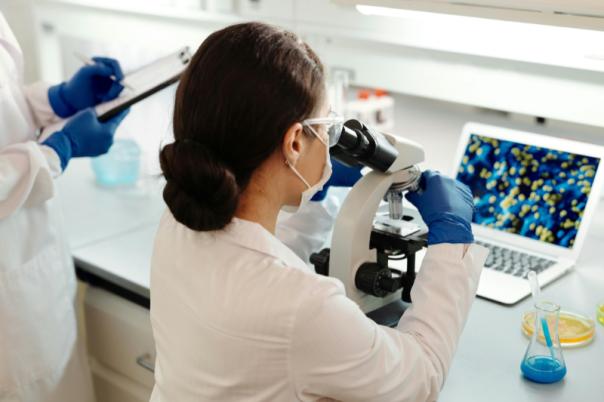Priyank Patel’s research team at Boehringer Ingelheim focuses on early drug and biomarker discovery for chronic inflammatory diseases. He works in the molecular biology and histopathology within by applying spatial techniques to FFPE tissues.
Patel explained the variety of tools that have been used by his team over the years including H&E, simple immunohistochemistry, and fluorescence-based multiplex immunohistochemistry assays. This growing toolbox of technologies have historically increased the plexity and resolution of the group’s assays.
However, as the toolbox grows, it can be increasingly difficult to handle the big data that is produced by these tools. Furthermore, it is also difficult to create disease-relevant insights, especially given the lack of longitudinal patient tissues and limited application of in vivo models.
Patel introduced his team’s multi-level analysis approach. This approach involves analysing inflammation at different levels: single-cell resolution, microenvironments, neighbourhoods, and histopathology, to create a comprehensive and holistic analysis. Data is acquired from single-cell RNA sequencing, CosMx spatially resolved transcriptomic platform, and high-plex immunohistochemistry platform called Comet from Lunaphore. The strategy involves segmenting tissues into smaller fields of view and clustering cells to identify different pathologies and microenvironments.
The team’s method allows for identifying histopathological features and studying different phases of inflammation without the need for manual annotation by a pathologist. The comparison between uninflamed and inflamed tissues reveals changes in cell populations, microenvironments, and neighbourhoods, highlighting the importance of understanding tissue remodelling in inflammation.
Furthermore, Patel explained how his group have applied Machine learning methods to identify and characterise different inflammatory pathologies, creating trajectories to understand inflammation states.
